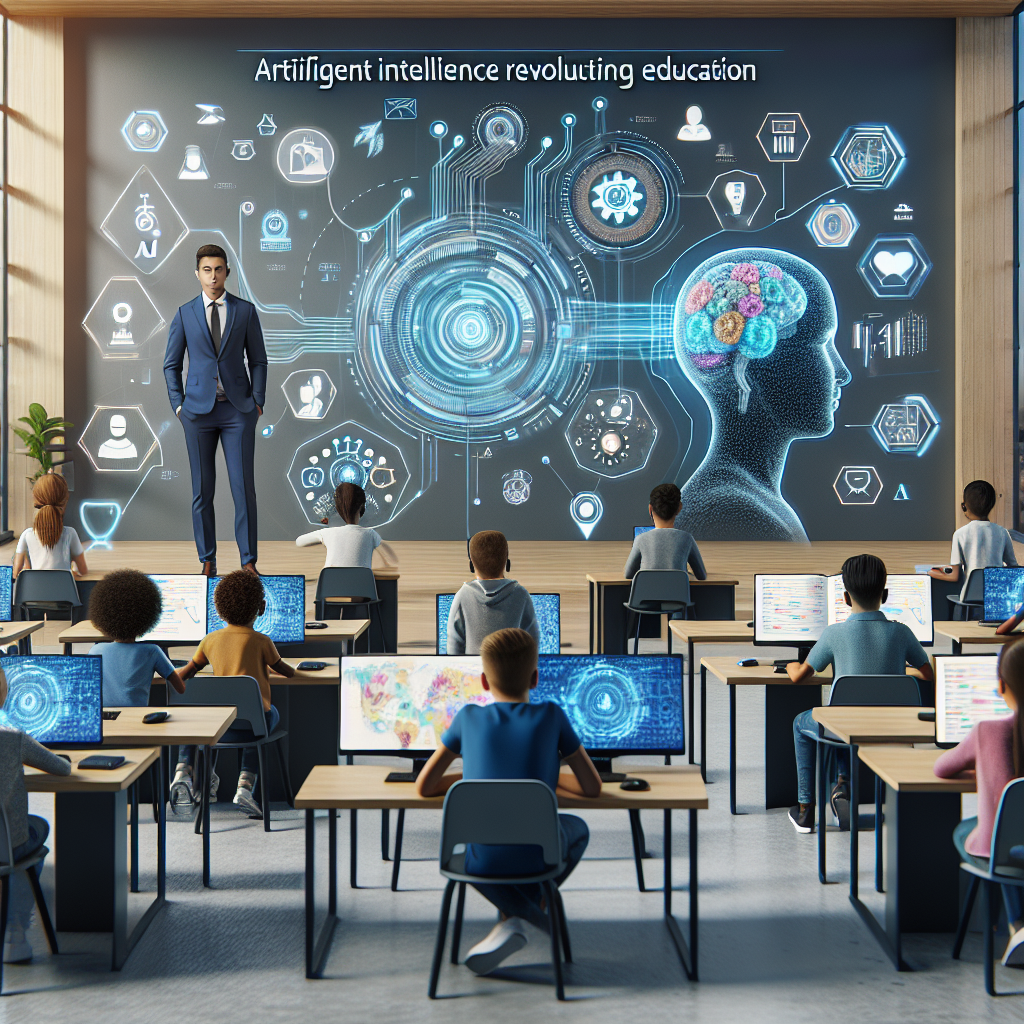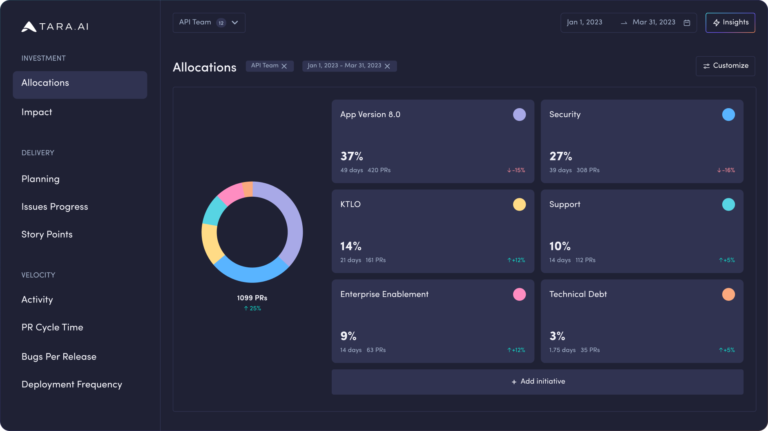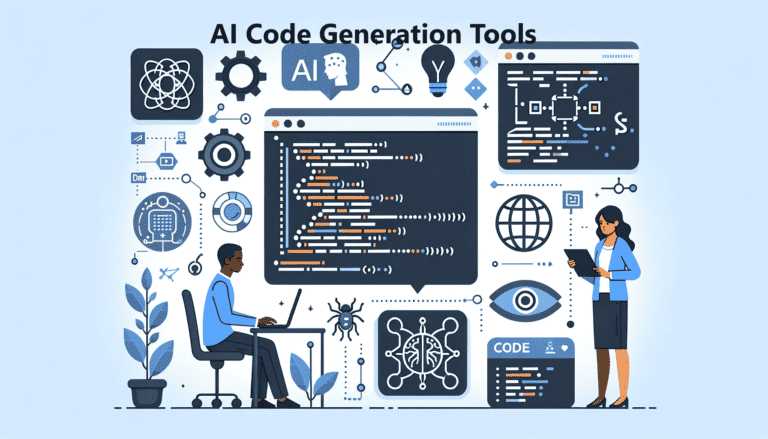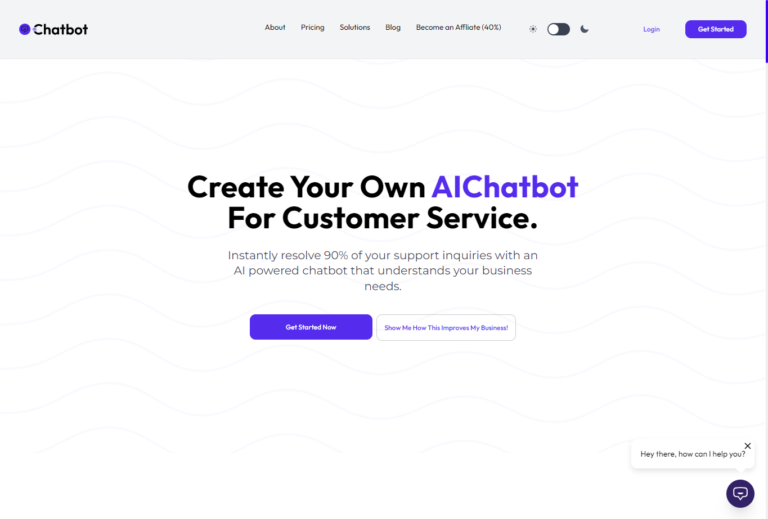
Imagine a world where every student has a personalized learning experience, tailored to their individual needs and abilities. This is the future that artificial intelligence (AI) is paving the way for in education. Through the implementation of innovative AI technologies, such as machine learning and natural language processing, schools and teachers are now able to enhance learning outcomes, boost engagement, and provide a more seamless educational experience. In this article, we will explore the various applications of AI in educational settings and the profound impact it is having on the way we learn and teach. Get ready to discover how AI is revolutionizing education and creating a brighter future for students worldwide.
Applications of AI Technologies in Educational Settings
Artificial intelligence (AI) has revolutionized various industries, and education is no exception. AI technologies have transformed how we teach and learn, offering numerous advantages and opportunities for both educators and students. In this article, we will explore the different applications of AI in educational settings and delve into the benefits, challenges, and ethical considerations associated with each. Let’s dive in!
Automated Grading
Benefits of Automated Grading
Automated grading systems have greatly simplified the grading process, saving educators valuable time and effort. With AI-powered grading tools, teachers can swiftly assess multiple-choice quizzes, assignments, and even essays with remarkable accuracy. These systems use machine learning algorithms to analyze students’ responses, providing instant feedback and generating grades. By automating grading tasks, educators can focus more on personalized instruction and meaningful interactions with students.
Challenges and Limitations
While automated grading systems offer significant advantages for educators, there are also challenges and limitations to consider. One limitation is their effectiveness in grading subjective assignments that require human judgment, such as essays or projects that involve creativity or critical thinking. Furthermore, there may be instances where the AI system fails to interpret a student’s response correctly, leading to possible inaccuracies in grading and feedback. It is crucial for educators to strike a balance between utilizing automated grading and incorporating human evaluation when necessary.
Ethical Considerations
The use of AI technologies in grading raises ethical considerations, particularly regarding privacy and fairness. Educators must ensure that student data is handled securely and in compliance with privacy regulations. Additionally, the algorithms used in automated grading must be carefully designed and continuously monitored to avoid any biases or discriminatory practices. Transparency and clear communication with students are essential to maintain trust and address ethical concerns associated with automated grading.
Implementation Strategies
To successfully implement automated grading systems, educational institutions should invest in robust AI infrastructure and provide comprehensive training to educators. It is essential to introduce these systems gradually, allowing educators to become familiar with the technology and gradually transition from traditional grading methods. Additionally, feedback from both educators and students should be sought to continuously improve the system’s accuracy and effectiveness.

Personalized Learning
Advantages of Personalized Learning
Personalized learning, made possible by AI technologies, tailors educational experiences to each individual’s specific needs, preferences, and learning pace. By analyzing vast amounts of student data, AI systems can identify patterns and provide personalized recommendations, adaptive lesson plans, and targeted support. This approach fosters student engagement, motivation, and self-directed learning, as learners are empowered to take control of their educational journey.
Adaptive Learning Platforms
Adaptive learning platforms leverage AI algorithms to deliver customized content and experiences based on students’ prior knowledge and learning progress. These platforms dynamically adjust the difficulty level of tasks and provide real-time feedback, ensuring that learners are appropriately challenged and supported. By adapting to each student’s strengths and weaknesses, adaptive learning platforms facilitate a more efficient and effective learning experience.
Intelligent Tutoring Systems
Intelligent Tutoring Systems (ITS) go beyond traditional computer-based learning by incorporating AI technologies to simulate human tutoring experiences. These systems can recognize students’ learning styles, preferences, and misconceptions, tailoring instruction and feedback accordingly. ITS can also analyze learning data to create personalized study plans, recommend additional resources, and facilitate self-paced learning.
Skills Gap Analysis
With AI-powered skills gap analysis, educators can identify areas where students lack proficiency or struggle to comprehend specific concepts. By analyzing data from assessments and performance indicators, AI systems can pinpoint learning gaps and provide targeted interventions and resources to address these areas. This helps educators design more effective instruction and ensures that students receive the support they need to succeed.
Individualized Feedback and Recommendations
AI technologies enable the generation of detailed and individualized feedback, enhancing the learning process. By analyzing students’ responses and performance data, AI systems can provide specific feedback on strengths, weaknesses, and areas for improvement. Additionally, these systems can recommend personalized learning resources, supplementary materials, or additional practice exercises to help students reinforce their knowledge and skills.
Virtual Teachers and Tutors
Role of Virtual Teachers and Tutors
Virtual teachers and tutors, powered by AI, are revolutionizing the way education is delivered. These intelligent systems can provide personalized instruction, guidance, and support to students, replicating the experience of interacting with a human teacher or tutor. By leveraging natural language processing and machine learning algorithms, virtual teachers and tutors can engage with students in real time, answer questions, explain concepts, and adapt their teaching style to individual needs.
Virtual Classroom Environments
AI technologies have given rise to virtual classrooms, where students can engage in interactive learning experiences regardless of their physical location. Virtual classroom environments offer opportunities for real-time collaboration, group discussions, and engaging activities. These platforms also provide educators with tools for monitoring students’ progress, facilitating communication, and assessing learning outcomes.
Embodied AI Agents
Embodied AI agents, often presented as virtual characters, add a human-like presence to the virtual learning environment. These agents can display facial expressions, gestures, and voice intonations, making the learning experience more immersive and engaging. Embodied AI agents can assist students in various ways, such as providing step-by-step instructions, encouraging participation, and offering emotional support.
Natural Language Processing
Natural Language Processing (NLP) enables virtual teachers and tutors to understand and respond to students’ language, facilitating communication and comprehension. Through voice recognition and analysis, NLP allows students to ask questions, seek explanations, or engage in conversations with the AI system. This technology enables a more interactive and conversational learning experience, enhancing student engagement and understanding.
Feedback and Support
Virtual teachers and tutors excel in providing timely and personalized feedback to students. By analyzing students’ responses and performance data, these AI-powered systems can offer detailed feedback, ensuring that students understand their mistakes and guiding them towards improvement. Additionally, virtual teachers and tutors can provide emotional support, encouraging and motivating students throughout their learning journey.
Intelligent Curriculum Design
Designing Tailored Curricula
Intelligent curriculum design utilizes AI technologies to develop tailored learning experiences for students. By analyzing student data and learning objectives, AI systems can recommend the most appropriate content, learning activities, and assessment methods. This ensures that each student’s educational journey aligns with their unique needs, interests, and aspirations.
Identification of Learning Objectives
AI tools can assist educators in identifying and prioritizing learning objectives based on curriculum standards and educational goals. By analyzing the performance patterns and learning outcomes of a group of students, AI algorithms can identify areas or concepts that require more attention or reinforcement. This helps educators design curricula that address the knowledge and skills gaps of their students.
Adapting to Individual Learning Styles
AI technologies enable educators to cater to individual learning styles, ensuring that instruction is delivered in a way that suits each student’s preferences and strengths. By analyzing learning data, AI systems can identify the most effective teaching strategies for different learners. For example, visual learners may benefit from interactive videos, while auditory learners may prefer audio recordings or podcasts.
Seamless Integration of New Content
Integrating new content into existing curricula can be a challenging task for educators. AI technologies can simplify this process by analyzing the relevance and alignment of new content with existing learning objectives. AI systems can assess the quality and suitability of new resources, ensuring that they meet the necessary criteria before integration into the curriculum. This saves educators time and effort in evaluating new materials.
Continuous Improvement and Enhancement
AI-powered curriculum design allows for continuous improvement and enhancement based on feedback and real-time data analysis. By monitoring students’ performance and engagement with the curriculum, educators can identify areas that need adjustment or improvement. AI systems can also collect feedback from students and educators, enabling iterative enhancements and ensuring that the curriculum remains up-to-date and aligned with evolving educational needs.
Smart Content Creation
Automated Content Generation
AI technologies have the potential to automate the creation of learning materials, alleviating the burden on educators and content creators. By leveraging natural language processing and machine learning algorithms, AI systems can generate educational content such as quizzes, worksheets, and summaries. This streamlined content creation process enables educators to focus more on instructional design and student engagement.
Adaptive Learning Materials
AI-powered adaptive learning materials dynamically adjust to learners’ needs and preferences based on real-time data analysis. These materials can provide customized examples, additional resources, or alternative explanations, tailoring the learning experience to suit each student’s unique requirements. By adapting to individual learners, adaptive learning materials foster a more personalized and effective learning environment.
Interactive and Engaging Resources
AI technologies enhance the interactivity and engagement of learning resources. Virtual simulations, gamified activities, and interactive multimedia content can be developed using AI systems, creating immersive educational experiences. These resources promote active learning, critical thinking, and problem-solving skills while making the learning process enjoyable and memorable.
Content Customization for Diverse Learners
AI-powered content customization ensures that educational materials are accessible and inclusive for diverse learners. By analyzing student data and preferences, AI systems can tailor content delivery to accommodate individual needs. For example, text-to-speech conversion can assist learners with visual impairments, while adjustable reading levels can support students with different literacy levels. AI technologies enable the creation of content that suits diverse learning styles and abilities.
Quality Assurance and Review Processes
AI systems can assist in quality assurance and review processes for educational materials. By conducting automated checks for grammar, readability, and relevance, AI technologies ensure that content meets the required standards before it is distributed to learners. This saves educators’ time and effort in manually reviewing and revising materials while maintaining consistent quality across different resources.
Enhanced Student Support
Intelligent Student Assistance
AI-powered student assistance tools provide personalized support and guidance to learners. These tools can be integrated into various learning platforms, offering features such as real-time help, interactive tutorials, and on-screen annotations. By anticipatin






